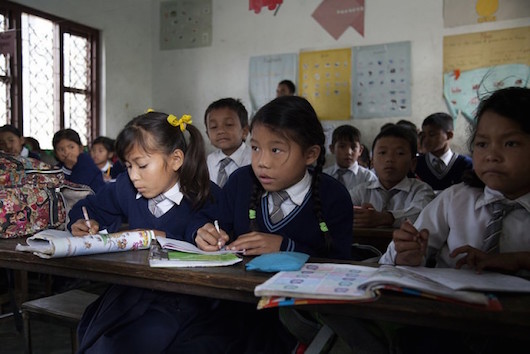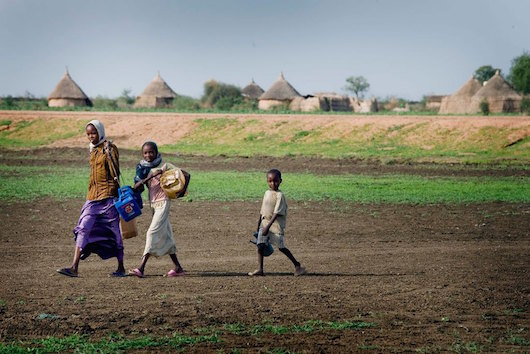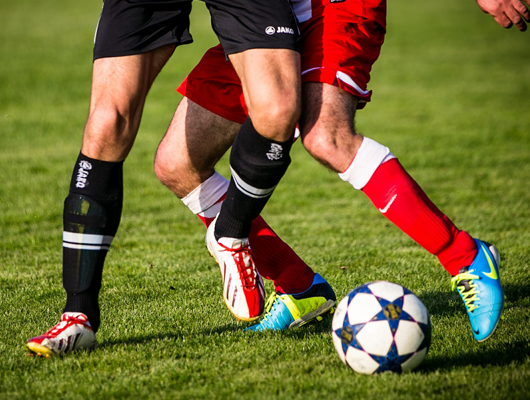
Sesame Street uses its influence to improve global health through its unwavering support of Youth Day and Global Goals — both of which are recognized by the United Nations — to encourage young children to act as voices of change.
Youth Day
Youth Day is celebrated on August 12, and this year’s theme is centered around the eradication of poverty and achieving sustainable consumption and production. Sustainable consumption means meeting Earth’s present and future needs by simply being aware of everyday actions that affect the planet and learning to minimize waste and pollution.
The beloved children’s show shared the following important message on Facebook: “With the help of our friends around the world, we hope children continue to be inspired and empowered to be the change they deserve!”
Iconic Sesame Street characters such as Big Bird and Elmo are pictured carrying signs that promote multiple Sustainable Development Goals like quality education, clean water, and sanitation.
Sesame Street and Sustainability
The U.N.’s list of Sustainable Development Goals comprises 17 other objectives including no poverty, zero hunger, good health and well-being. According to the U.N., these plans to transform the world can be met with the collective efforts of government authorities and regular individuals alike.
Sesame Workshop’s shows use media outlets for the greater good in more than 150 countries. Since it first aired in 1969, Sesame Street has aimed to give disadvantaged children equal opportunities through numerous educational outreach programs. Additionally, Muppet characters are created to address specific and relevant concerns.
One such character is Khokha — lead Muppet of Sesame Street coproduction Alam Simsim — is a model for girls’ education in Egypt. Another Muppet, Kami, is an HIV-positive Muppet living in South Africa. She destigmatizes HIV/AIDS by telling children that it is okay to touch someone affected by the disease.
With everyone working together, the reality of a brighter future is more than attainable. Sesame Street is drastically improving global health by getting involved and spreading the word about the need to care for the planet and its people.
– Mikaela Frigillana
Photo: Flickr
 2015 has been an active year for global education. The fourth Global Goal in the new Global Goals for 2030 focuses on education. But according to Results, The Global Partnership for Education (GPE) is the only international partnership exclusively dedicated to achieving education for all.
2015 has been an active year for global education. The fourth Global Goal in the new Global Goals for 2030 focuses on education. But according to Results, The Global Partnership for Education (GPE) is the only international partnership exclusively dedicated to achieving education for all. On December 5, officials from 195 different countries agreed on a proposal to reduce global carbon emissions in an effort to reduce climate change and poverty worldwide. The United Nations Framework Convention on Climate Change (UNFCCC) has released the drafted agreement that addresses issues relating to reducing climate change and poverty such as food security, deforestation and cutting greenhouse gas emissions. There are three global goals listed in the draft agreement, the first being to “maintain global average temperatures short of a two degrees Celsius increase over pre-industrial global temperatures.”
On December 5, officials from 195 different countries agreed on a proposal to reduce global carbon emissions in an effort to reduce climate change and poverty worldwide. The United Nations Framework Convention on Climate Change (UNFCCC) has released the drafted agreement that addresses issues relating to reducing climate change and poverty such as food security, deforestation and cutting greenhouse gas emissions. There are three global goals listed in the draft agreement, the first being to “maintain global average temperatures short of a two degrees Celsius increase over pre-industrial global temperatures.” Save the Children, an organization which stands by the belief that “every child attains the right to survival, protection, development and participation,” has asked world leaders to leave no child behind with the coming of the 70th United Nations Global Assembly (UNGA) recently held in New York on Sept. 25.
Save the Children, an organization which stands by the belief that “every child attains the right to survival, protection, development and participation,” has asked world leaders to leave no child behind with the coming of the 70th United Nations Global Assembly (UNGA) recently held in New York on Sept. 25.
 Arsenal Football Club has teamed up with Save The Children to support efforts to end extreme poverty, inequality and climate change with the #DizzyGoals Challenge.
Arsenal Football Club has teamed up with Save The Children to support efforts to end extreme poverty, inequality and climate change with the #DizzyGoals Challenge.

